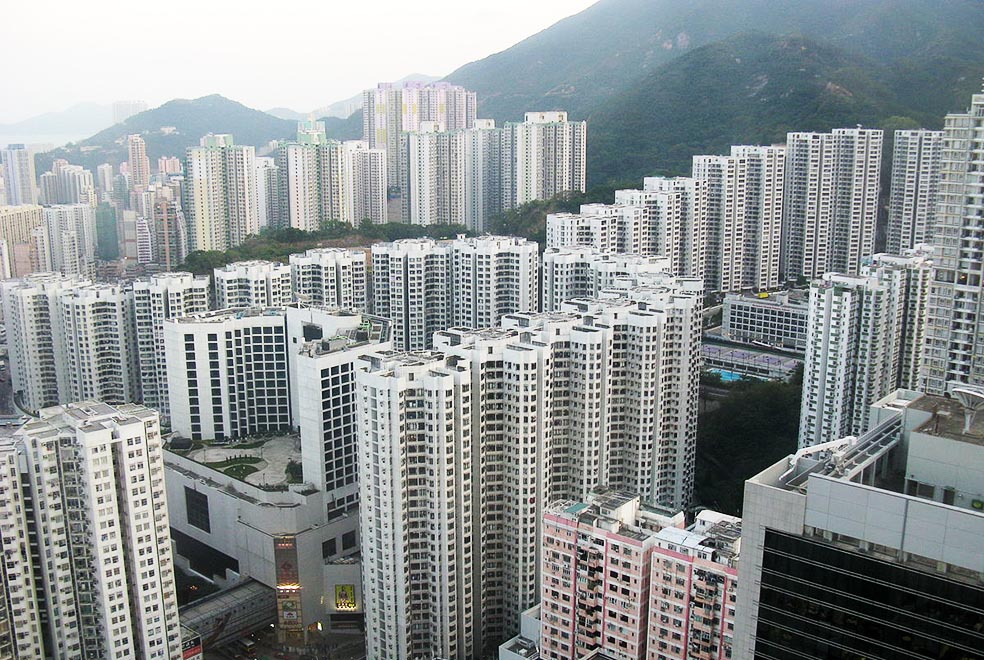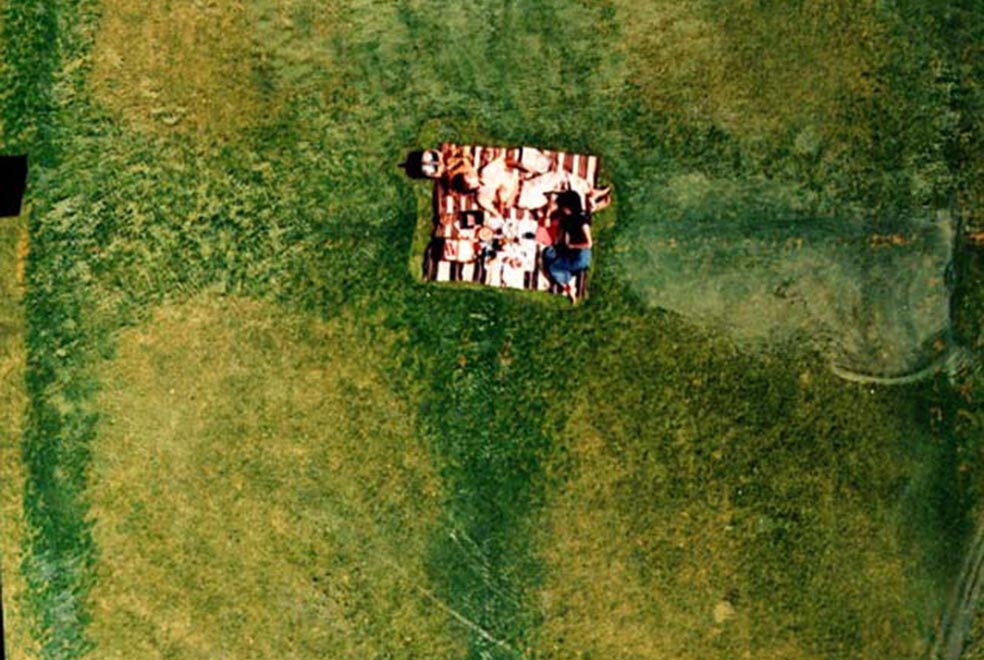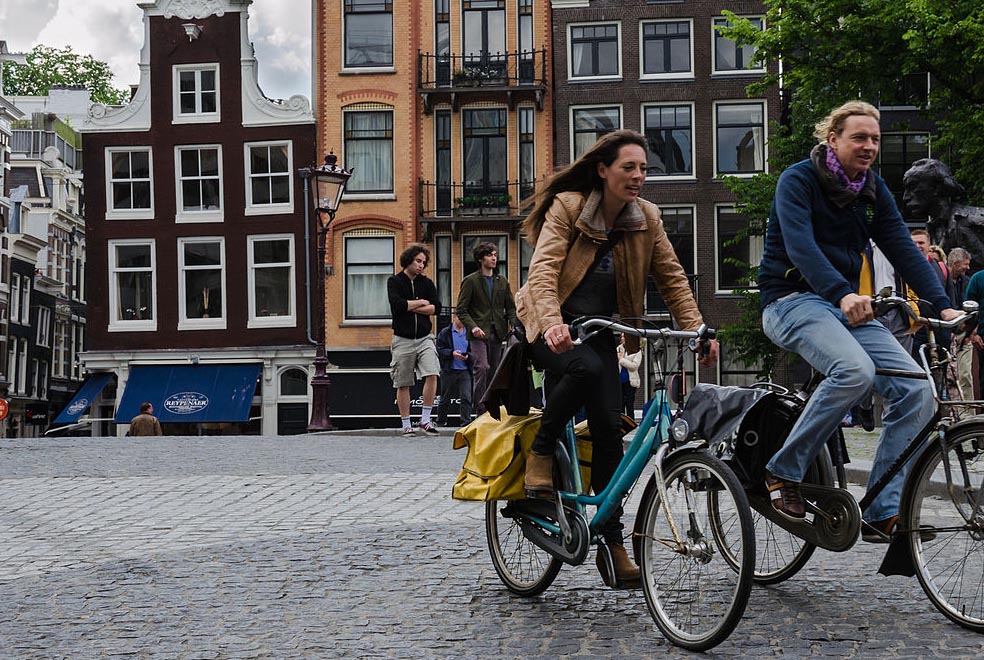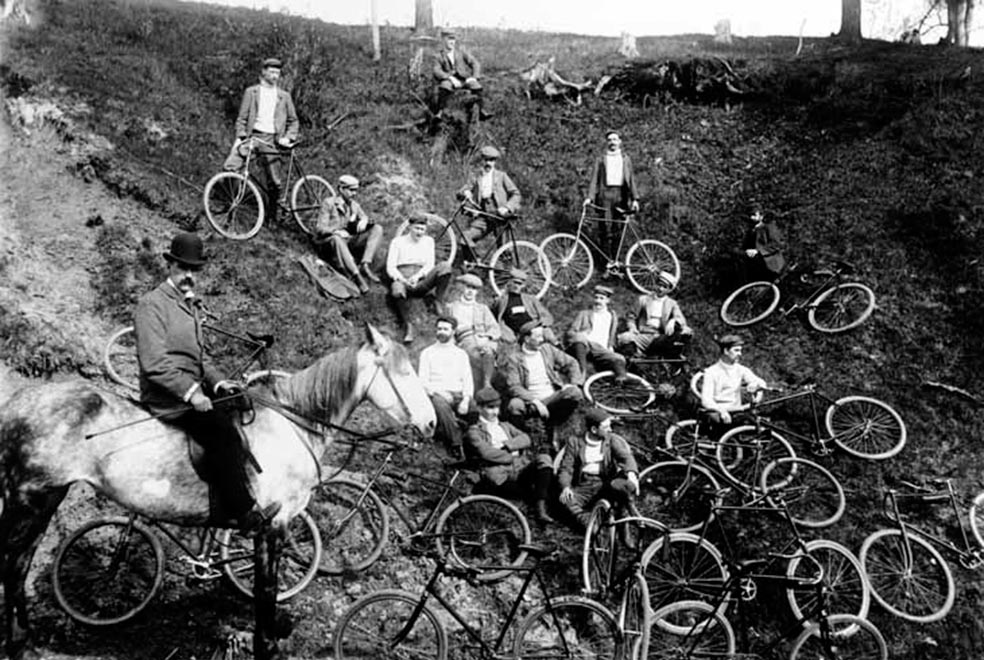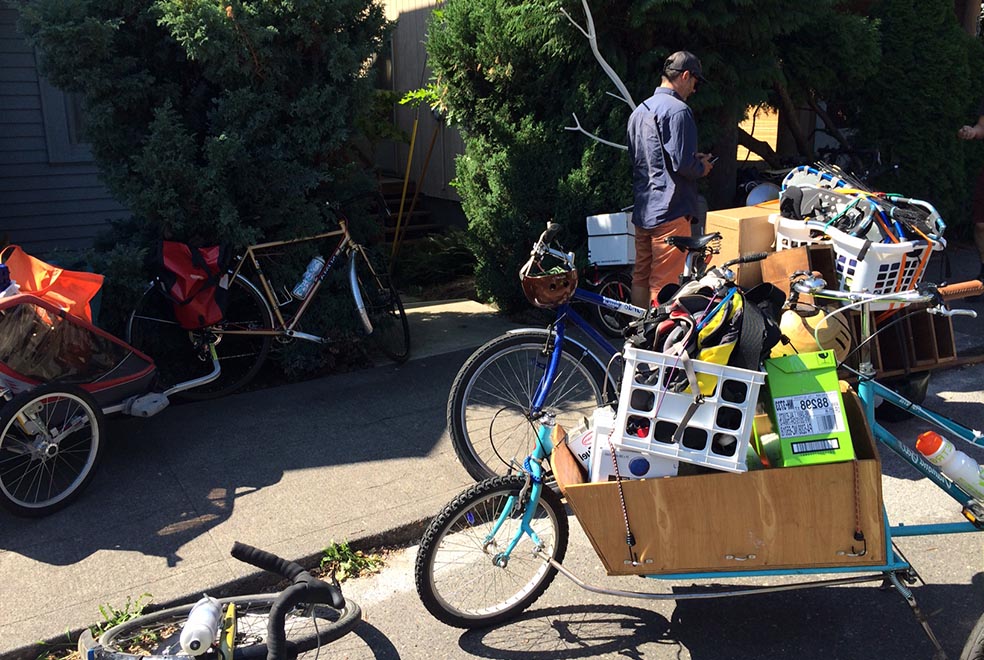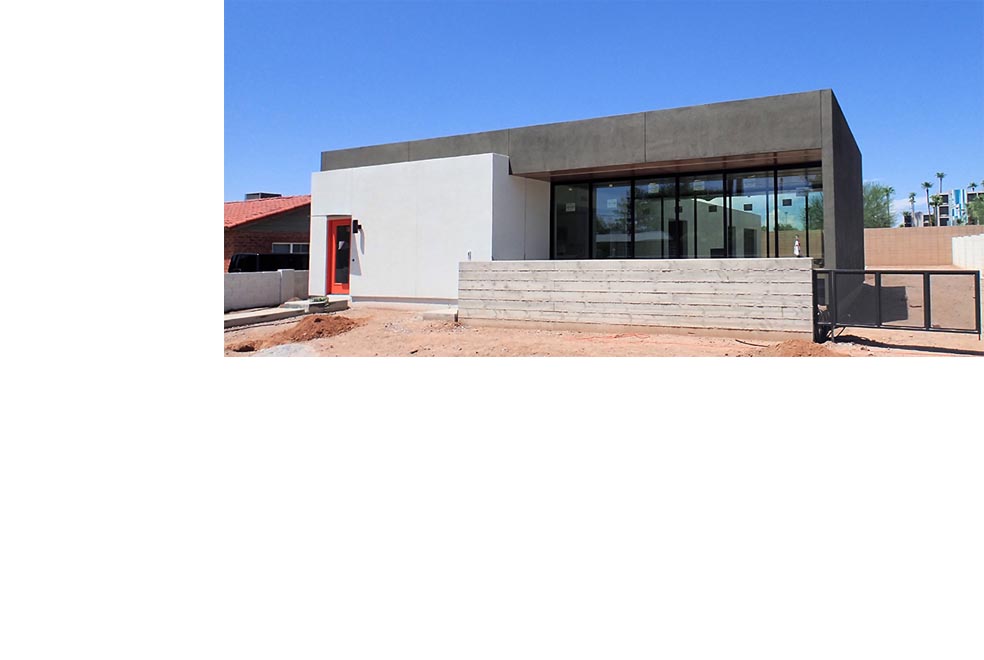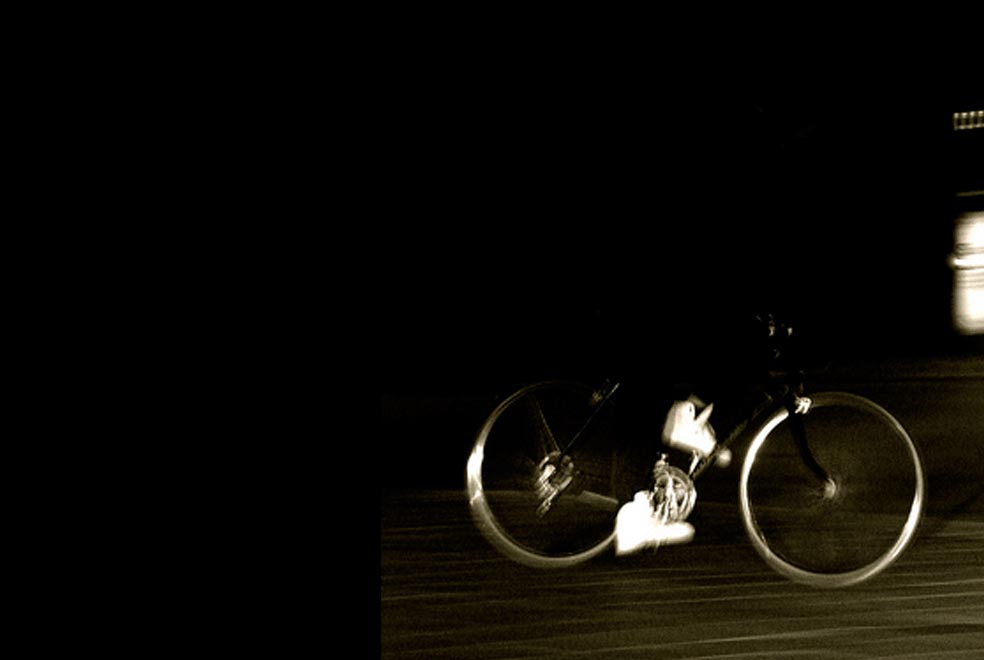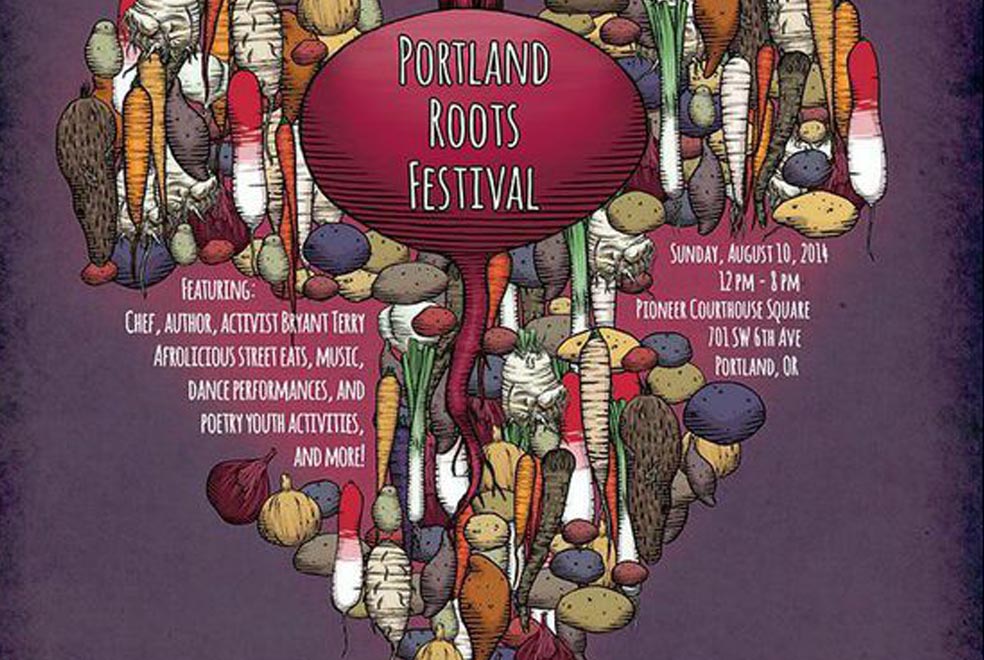Tweet What are you supposed to do when you’re the city of Portland and millions of people are supposed to move into your city in the coming decades and you have an urban growth boundary? Build up, right? To a certain extent yes, but not above the fifth floor, says world-renown architect Jan Gehl. “I would say that anybody living over the fifth floor ought generally to be referring to the airspace authorities. You’re not part of the earth anymore, because you can’t see what’s going on on the ground and the people on the ground can’t see where you…
Tweet Recently, fellow blogger Hart Noecker of Rebel Metropolis shared this photo from Shorpy with me: I was struck how these people managed to define a totally new space within this parking lot merely by taping down a bunch of butcher paper. It’s as if they were “drawing” a new space on a plan, but they did it in real life at full scale. I encountered another example of defining a new space merely by putting something on the ground this weekend at the Belmont Street Fair. At the intersection of SE 34th and Belmont, which is usually never…
Tweet Today’s post is by contributing writer Lucky Sharma: I always thought that the better a city’s bike infrastructure is, the higher the number of people who bike and the healthier the general population is compared to its counterparts. I hypothesized this based on the innumerable observations I had gathered in my head while biking for hundreds of miles in cities within and outside the US. My intent was to confirm the hypothesis that establishes the correlation (if not causality) between the bike-ability or ease of biking in a city and the fitness of its citizens. Based on data from…
Tweet In today’s world, we like to hail the bicycle as the instrument of freedom for the underprivileged, the poor and the oppressed. But bicycling began in the 1880s and 90s in a context of racism, sexism and classism and for the most part was reflective of that context. But that’s long gone history, right? Actually no, bicycling’s not-so-egalitarian beginnings still cast a shadow in today’s world of bicycling and bicycling advocacy and this is something we need to look out for. Did you know that… – In the late nineteenth century, there was anxiety over whether “white, nonimmigrant…
Tweet Similar to the notion of people who bike because they want to and people who bike because they have to, the person who is in the Bike Move #1 photo above is hauling stuff by bike because he has to. The person in Bike Move #2 photo is hauling stuff by bike because she wants to. The guy in Bike Move #1 would jump at an opportunity to move that stuff by car, but he’s moving it on his bike because he probably can’t afford a car. The person in Bike Move #2 has every opportunity to move that…
Tweet Today’s post is by guest contributor Paul Loomans. Paul is a development professional involved in sustainability, community, and biking. He is car-free in Phoenix Arizona. Paul is COO of Firefly Living, a new generation real estate organization. He also loves cats. It was my last night in Copenhagen. Over most of the past two weeks, I’d seen the world’s best biking city from the seat of a bike. Since I had gone car-free in Phoenix about three years ago, I figured it was time to visit Mecca for biking inspiration. I stayed with four different Couch Surfing and Airbnb…
Tweet “We need to look at infill as a piece of an existing puzzle rather than trying to create your own identity within an existing neighborhood and disregarding what’s around you. A good infill project is one that takes in what’s existing and also adds to it,” says Cavin Costello, co-founder and designer at The Ranch Mine. Costello and his partner Claire Costello prove these principles with their new infill residential project for developer Evan Boxwell of Boxwell Southwest, the LINK house, in the historic Pierson Place neighborhood in uptown Phoenix. The LINK house got its name because it was…
Tweet Recently I’ve been awed by the power of public spaces. Summer in Portland draws everyone out into the public realm. So far this summer I’ve been to two festivals at Pioneer Square, a street festival, a movie at the park, Shakespeare at the park, several picnics and have enjoyed time by myself at different parks. And this is only a fraction of what’s available to do in Portland in the summer in public spaces. Here are 5 things I love about public spaces: 1. Public spaces are transcendent. They bring people together that normally would not sit next to…
Tweet Some bicycling enthusiasts will insist that there are no barriers to entering the bicycling community and that it is open to anyone who wants to join. Just look at the comments on my post, Is Bicycling Only for Fit White People? And a lot of people will insist that there are certainly no racial barriers to bicycling. This may technically be true. Everyone is technically welcome to bicycling. But why is it, according to the research of Eve Bratman and Adam Jadhav, that “in some places, the people who ride are mostly wealthy and white?” There are two types…
Tweet This Sunday, August 10, is the 2nd Annual Portland Roots Festival sponsored by the Portland Community Reinvestments Initiatives (PCRI). The African food festival will feature food and crafts vendors, educational activities, music, live performances and a keynote speech by chef Bryant Terry, author of Vegan Soul Kitchen: Fresh, Healthy, and Creative African-American Cuisine. The festival is out “to promote healthy living through nutrition and exercise by tapping into the rich and ancient sustainable food practices of the African people…[and] highlight the different yet similar avenues these cultures took through celebrating the food practices of African-American, Afro-Caribbean, Afro- Latin, and…















